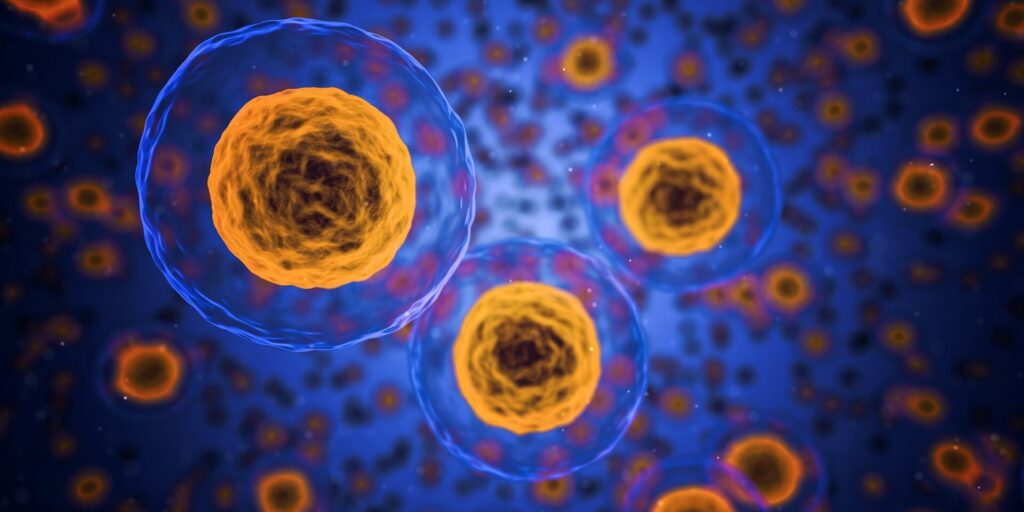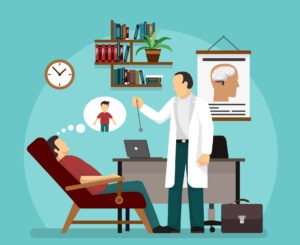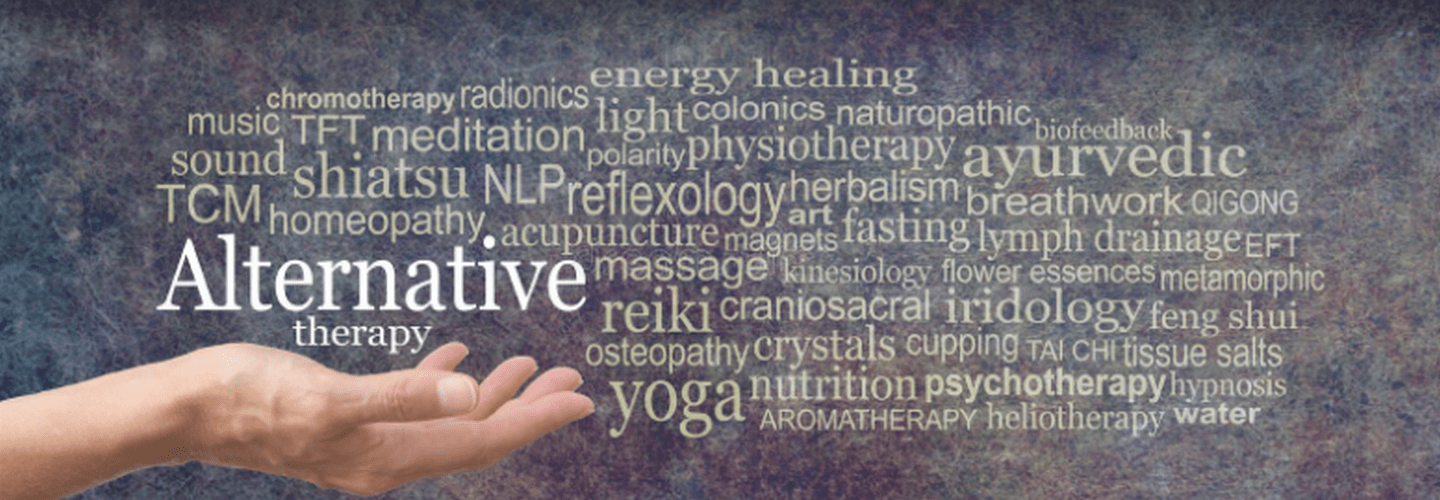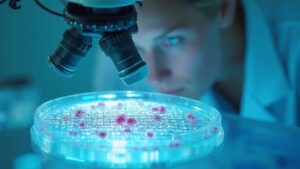
Efficient Stem Cells Can Grow in Animals
The ability to self-renew and differentiate is a trait of stem cells. Efficient stem cells can grow in animals. Body organs from both embryos and adults can be used to harvest stem cells.
Additionally, they can determine (potency) and adopt any cell type in the body’s features (Plasticity). Producing chimeras, transferring genes, moving nuclei, cloning animals, and other forms of genetic engineering can increase livestock output thanks to these traits’ efficiency.
Additionally, stem cells can be employed to treat several clinical issues, such as heart problems, spinal cord damage, ligament, tendon, cartilage repairs, and wound healing.
Efficient Stem Cells
The cost of using stem cells is a consideration. It is prohibitively difficult to alter the genes of or increase the number of stem cells for clinical usage since they perish in 99 percent of isolated situations.
Scientists at the Salk Institute for Biological Studies produced a sort of stem cell with a survival rate of 30 to 40%, as opposed to 1%, by changing the medium in which cells are cultured. The cells are far simpler to cultivate, and their genetic flaws can be fixed more quickly.
According to Jun Wu, a research associate engaged in the study, other human stem cells cannot thrive within a mouse. Still, the human version of the cells, known as region-selective pluripotent stem cells, can.
It provides the first proof of the principle that it is feasible to successfully merge human cells into a different species, according to Wu. This implies that it might be conceivable to grow a human organ—like a pancreas—inside a pig before transplanting it into a diabetic patient.
The Clinical Applications of Stem Cells
Stem cell treatments for veterinary patients are currently not strictly regulated by regulatory bodies in any nation. Regrettably, this has resulted in the use of several medicines that have yet to show effectiveness in vitro or preclinical animal investigations. In regenerative medicine, the therapeutic significance of stem cells still needs to be discovered.
It needs to be determined whether stem cells finally function after differentiating into a tissue-specific cell like a tenocyte, if they assist tissue healing predominantly through the release of immunomodulatory and bioactive trophic substances, or whether a mix of the two mechanisms takes place.
Allogeneic stem cells can be used safely and effectively, which suggests that over-the-counter stem cell products may be created to expand accessibility and hasten the implementation of stem cell therapies early in the course of a disease.
It is still being determined whether allogeneic stem cells will be more affordable than autologous stem cells. A tissue harvest process would not cost anything when using allogeneic cells.
There would be additional costs to ensure that the stem cell product was free of illness and to store the stem cells until sale. For instance, when given in vitro to tendons and ligaments, bone marrow aspirate made acellular using freeze-thaw increases matrix synthesis.
Pursuit of Fetal Stem Cell Research in Animals
For the quick translation of findings from murine models into clinical medicines and interventions, specific large animal models that are more similar to human physiology and anatomy can be used as a model that can replicate human physiology and anatomy.
For the development of stem cell therapies for humans, where numerous injuries, such as tendon and ligament injury, occur, the stem cell technologies created in model animals can be used as a starting point.
Both humans and large animals can be treated for conditions such as osteoarthritis, myocardial infarction, osteochondrosis, and muscular dystrophy.
Different fetal sites have been suggested as ideal sources of various stem cell lineages, including the umbilical cord, amnion, and AF. Adnexal tissue has potential benefits, such as non-invasive isolation and a significant amount of stem cell-producing tissue.
But whether in vivo or in vitro, these cells’ capacity for differentiation falls somewhere between that of pluripotent ES cells and that of multipotent adult stem cells. However, these cells have provided fresh insights into human and veterinary regenerative medicine and developmental biology.
Fetal stem cells hold the possibility
Fetal stem cells hold the possibility of tissue regeneration for wounds where existing therapeutic approaches are only marginally effective and when natural repair mechanisms do not result in functional recovery.
Although it has primarily been utilized as a model for ischemic heart disease in men, stem cells have been employed for research on canine heart disease. Since most other mammals, including dogs, do not have naturally occurring clinical ischemic heart disease, this research has little application in clinical veterinary medicine.
Canine dilated cardiomyopathy may be a suitable candidate disease for this treatment, as well as other heart conditions.
Stem Cells in Poultry Production
Additionally, the industry of producing poultry is well-organized. For more than 30 years, chicken eggs have been utilized in the production of vaccinations. The accessibility and abundance of the avian embryo are outstanding benefits.
The ability to directly manipulate the avian origin is made possible by its self-contained nature within a calcified eggshell. In contrast to other livestock species, avian stem cell research is moving slowly. Developments in avian stem cells are partly a result of improvements in the culture of avian embryos.
The egg white alone has four grams of protein, and a contemporary hen produces about 300 eggs yearly. Compared to other livestock species, the hen matures sexually significantly faster.
However, only a small number of labs were engaged in avian ES and EG cell research and development. The notion that they could be utilized to create transgenic birds is the main driving force behind the isolation and growth of avian stem cells.
In avian ES cells, numerous somatic cell lineages and embryoid bodies (EB) are produced. They have a variety of uses, such as the creation of illusions or transgenic birds for biopharmaceutical research.
The generation of human vaccines, which frequently calls for the use of embryonated eggs, or the manufacture of therapeutic proteins for humans, is two examples of in vitro pharmaceutical applications that could benefit from using stem cells.
It is possible to generate ES cells from transgenic chickens expressing a reporter gene, which would provide a cell lineage marker for tracking stem cells in vitro and in vivo. Numerous private research organizations have started studying avian transgenics to use this powerful new technology.
Conclusion
Even though we have learned a lot about agricultural stem cells, we still have a lot to learn about the fundamentals of in vitro culture and the growth patterns of stromal vascular cells, intramuscular preadipocytes, muscle satellite cells, and mature adipocytes.
However, completing this primary line of investigation will still contribute to a better comprehension of the regulatory processes governing the development of these significant tissues in production animals.
In the future, new paradigms in animal production may be developed to characterize the transcriptional signature and identify potential epigenetic network impacts of these cell types on the regulation of muscle development.

Do not be afraid to reach out to me, Mark E Wilkins, to assist you in any issues you might have. Most Hypnotherapy sessions last 2 hours and EFT Sessions are usually handled with one session.
To make an appointment, first listen to the Pre-talk and fill out he Complementary Healthcare Provider Disclosure. The use the Contact Form to request an appointment with the Bohol Hypnosis Expert.



